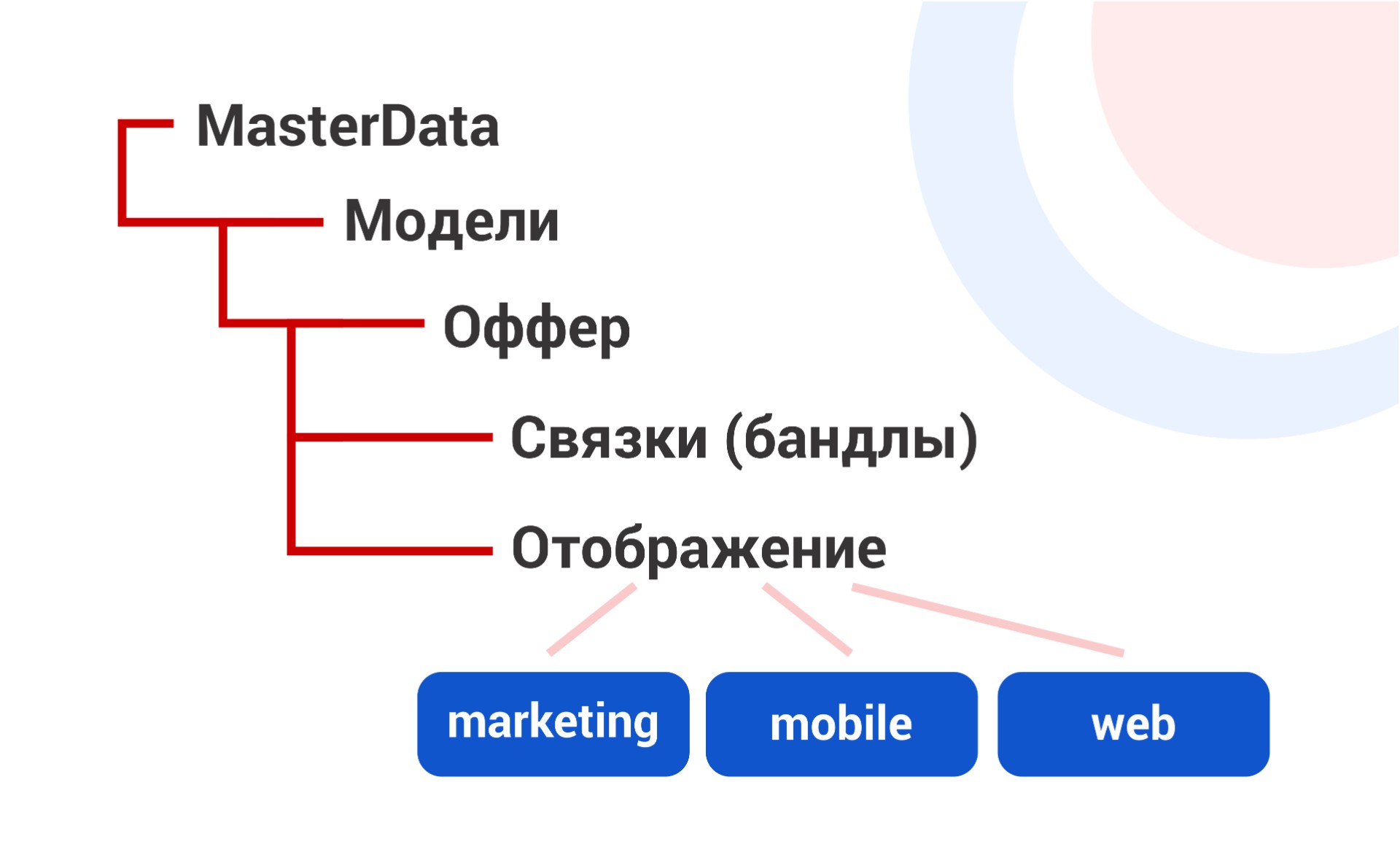Often MDM and DAM are thought of as separate systems, but in this article I propose to consider them as inseparable parts of PIM, and show how they work together.
PIM in e-commerce solves several big problems:
Problem 1 - catalog systematization;
Problem 2 - creating and storing content when placing a product on a storefront;
Problem 3 - optimization of the process of bringing a new product to the showcase, reducing this time to a minimum.
This is what all the PIM vendors in the world are working on. The nuance is that PIM itself (without MDM and DAM) solves these problems only partially.
DAM is a system for managing, organizing, searching, storing and converting multimedia files. In PIM, this is a kind of subsystem that stores photos, videos, 3D product reviews. This data can be easily organized, made more portable and easily accessible. Everything is simple here - a storage of pictures and videos.
MDM (Master Data) in PIM is a system for managing accurate product source data. They contain product segmentation, categorization, granularity, and other details.
We have a customer, a distributor who has hundreds of thousands of SKUs. These items are stored in a physical warehouse. And all of them must be entered into the system by creating a product card for each item. While these cards are being filled, the goods are gathering dust in the warehouse, and the business suffers losses. At the same time, they even have some kind of their own PIM, but there are a lot of goods, and it takes a lot of time to enter them into the system. It's elementary, you can't just replace the picture in the product card, you need to create a new one. Etc.

MDMs in PIM are pre-populated product cards. It sounds simple, but in fact, this is a tremendous ease of work and optimization of time spent.
Let's take a standard marketplace. Without master data, the following happens. Merchant # 1 added a product card “iPhone red”, and merchant # 2 added “iPhone scarlet”. The system thinks they are two different iPhones and sells SKUs differently. As a result, duplicates multiply, analytics becomes difficult and the speed of the marketplace as a whole suffers.
Master data in PIM solves this problem. When the first merchant created a product card “iPhone red”, he enters all its characteristics into the system. Thus, the master data of the red iPhone appears in the system. Then, when the second merchant tries to enter “iPhone scarlet”, the system will prompt him: “There is red. Do you mean this product? " Merchant # 2 clicks “Yes”, and thereby ties the product to the master data that already exists in the system. The supplier no longer fills in 10 characteristic fields for the product, but in fact enters only the name and receives an already completed card.
In other words, pre-populated item cards (MDM) are predefined sets of attributes for a product. What should be this set of attributes? This is already customizable internal system logic. For example, you have a marketplace, and you set in the settings that the phone model must have a certain set of attributes: screen size, memory, battery, box size, etc.
But the main point of the master data is that you can store not only attributes , but absolutely all data. Which ones are also internal logic that is set at the implementation stage.

Master data provides all the information you need for your analytics. This can be done not only with the help of external contractors, but also independently. By connecting, for example, a Power BI system, you can get cool data for analytics:
Make a forecast of product sales;
Understand seasonality;
Understand how the number of attributes affects sales and more.
I am convinced that PIM + DAM + MDM + TCM (converters to different content display channels) is the future of technologies for retail and e-commerce.
We are currently completing a large project with a large DIY retailer. We transferred his Bitrix-based marketplace to the PIM of the Scallium platform. This process is complex and lengthy. But it has already shown the result. A / B test was carried out on a showcase: 40% of showcases tied to PIM Scallium, and 60% of an old showcase. Visually, they are no different for the buyer. So, the conversion in the new storefront is 6 times higher. Simply due to the fact that PIM processes data faster, and, accordingly, the user sees a faster storefront. On the old one, he waits for 3 seconds, and leaves. The new storefront has a page response rate of 500 milliseconds.